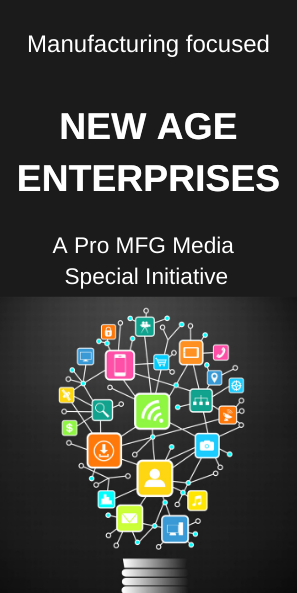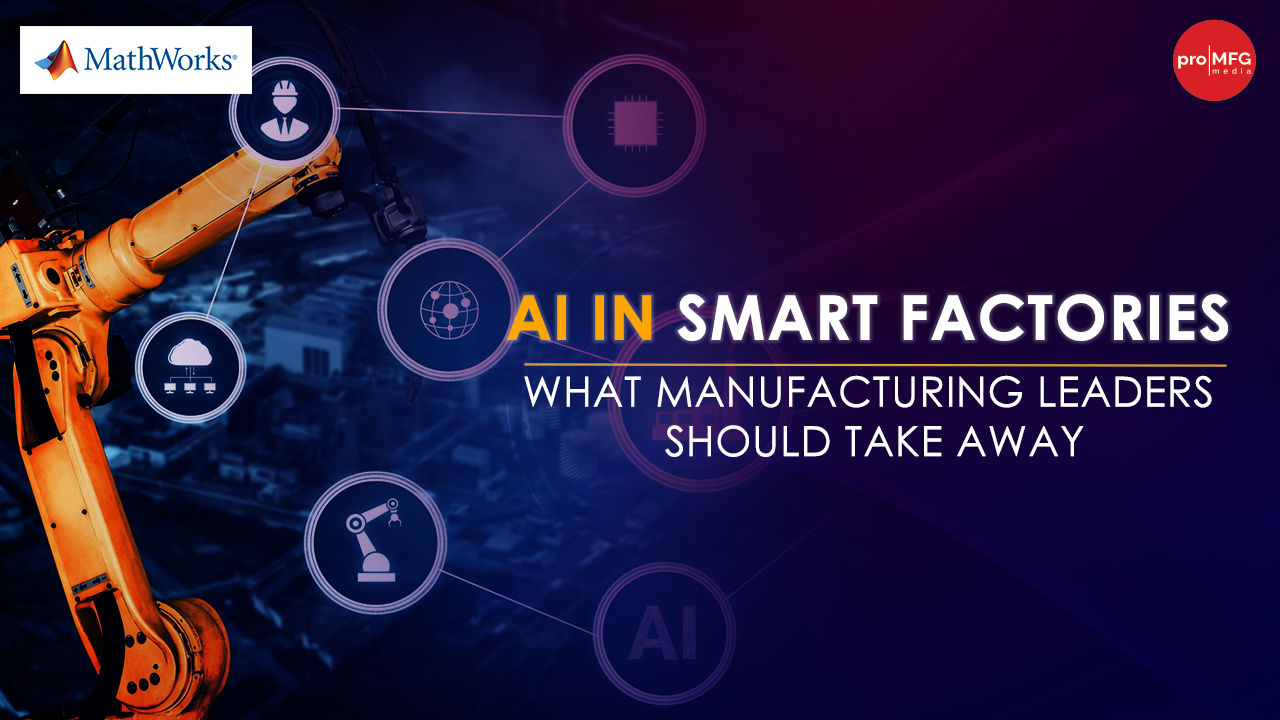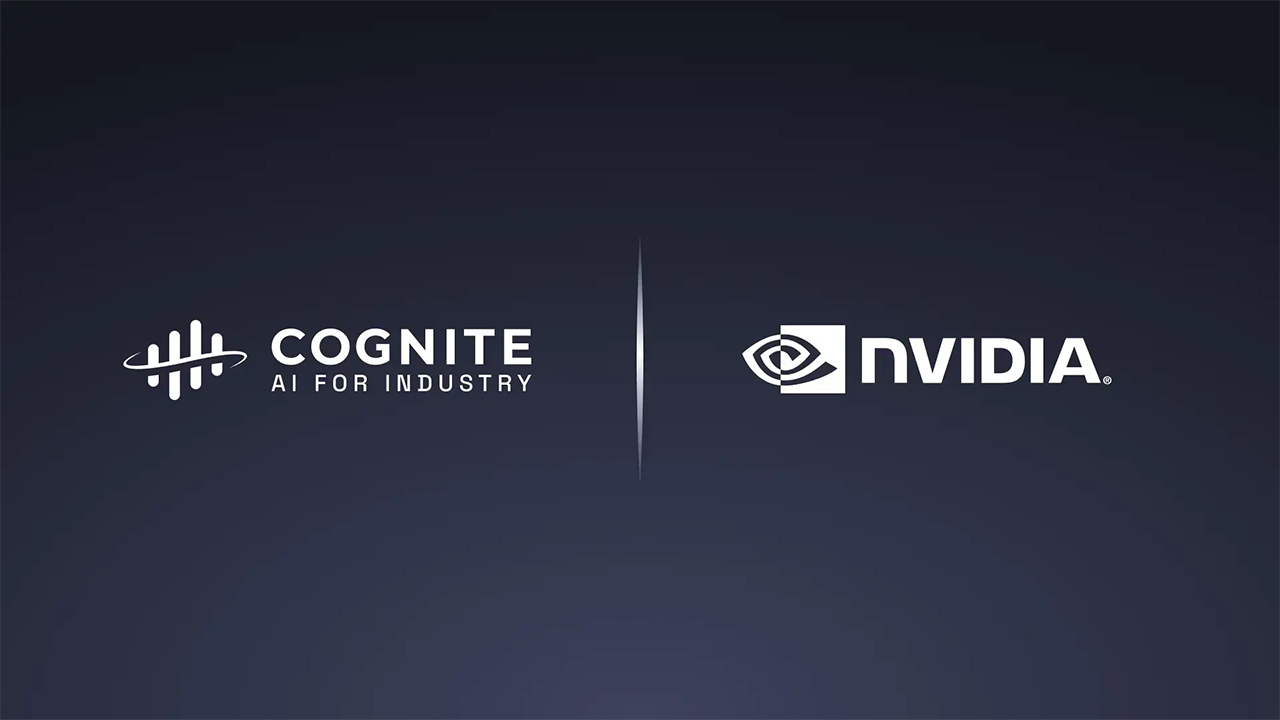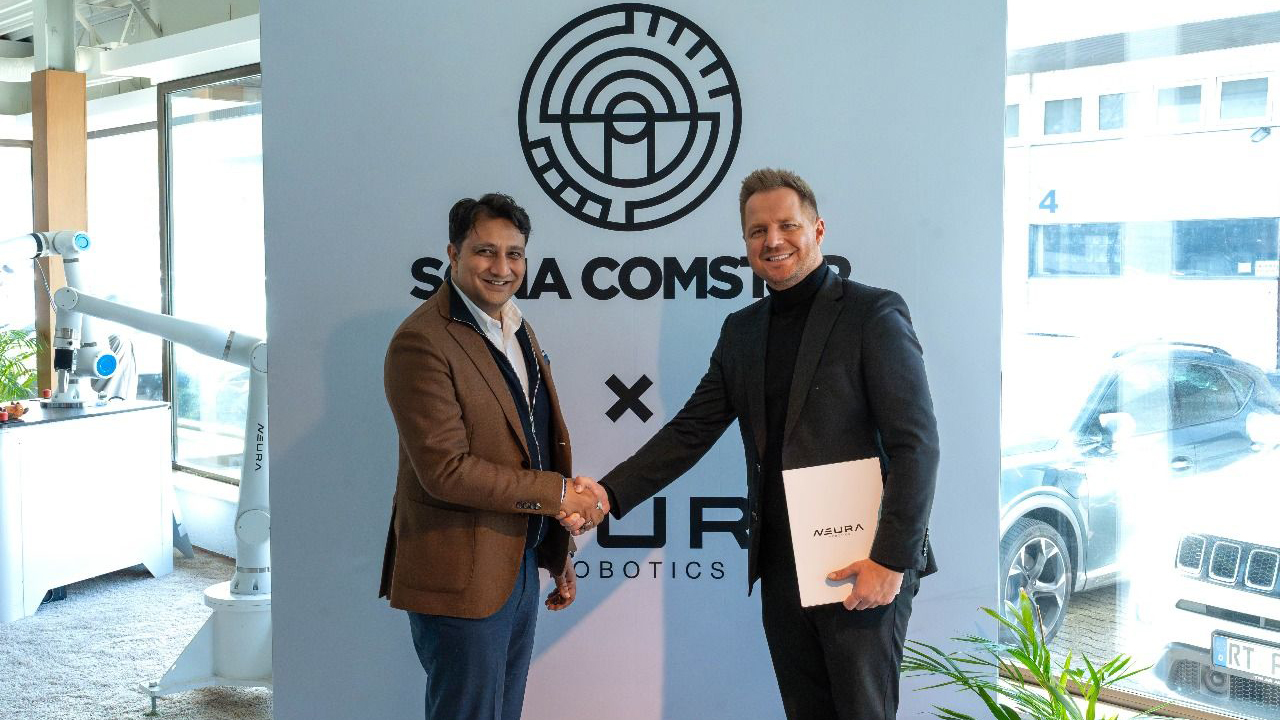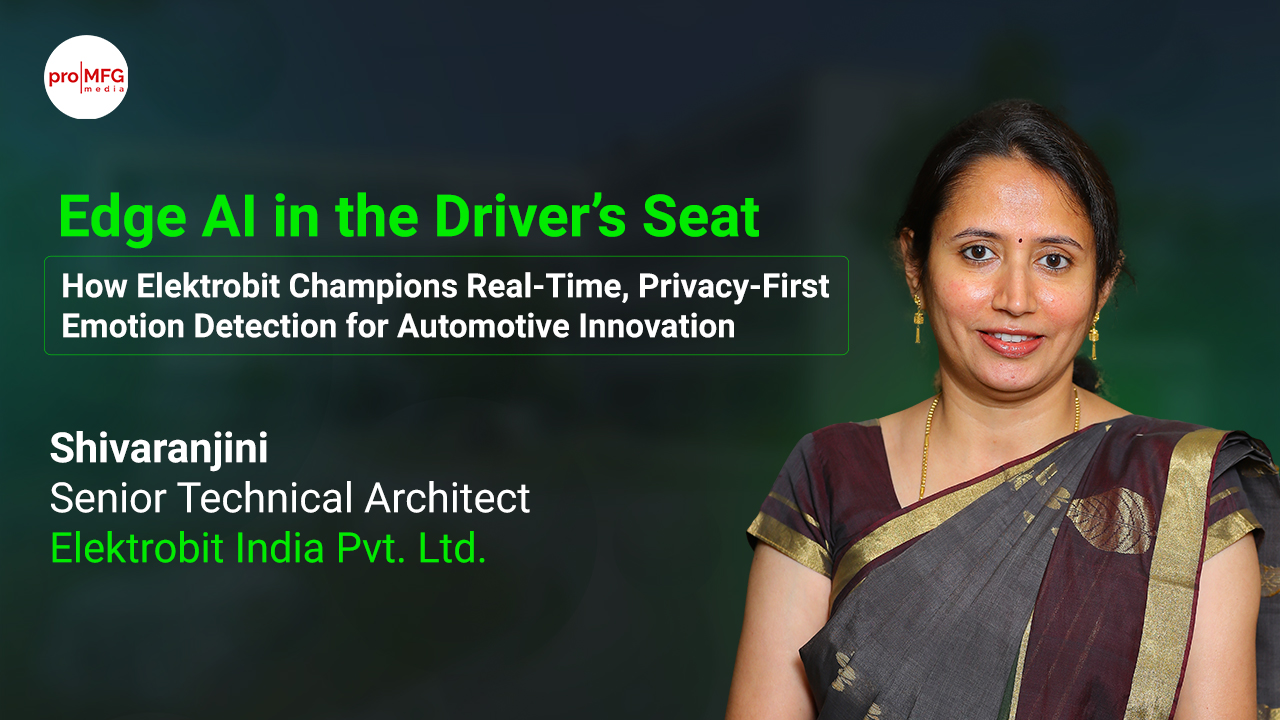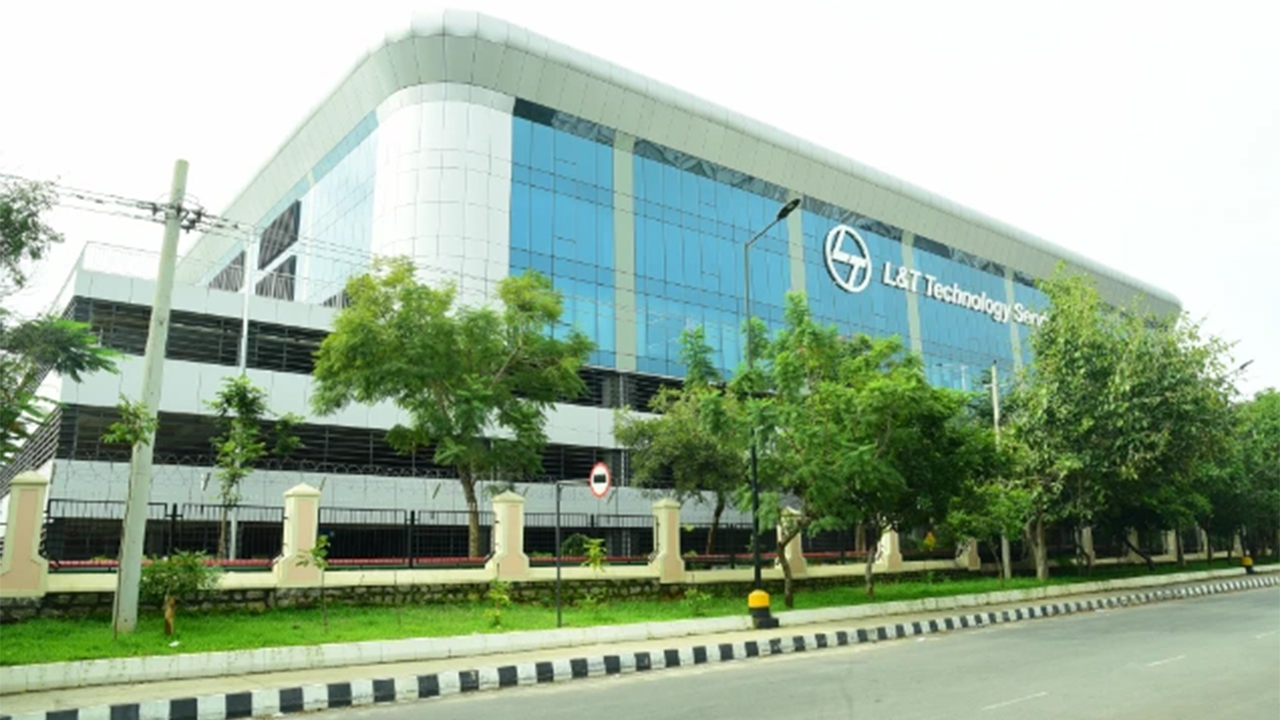As AI technologies swift their pace across the industries, becoming an AI – fueled organization in the future; it will involve rethinking of the process and practices. Mr. Nimish Danani, Director, Hitachi Vantara shares his personal views with Pro MFG Media the key elements organizations should contemplate before implementing AI as it is the future.
Although AI is at the initial stage in the Indian manufacturing sector, Artificial Intelligence is to stay. Employees are the heartland of the manufacturing companies, and hence, it is crucial to engage them in the transformation process. The nature of the work or the skills required to persist may change, but human beings performing the actions will remain a critical part of the workforce, even in the future. The organization will have to implement employee reskilling and upskilling strategies for the successful integration of AI into the workplace. While the organizations plan to invest in AI, they should also invest in their people and not just replace the unskilled staff.
The adoption or the consumption of AI in manufacturing will commence once the industry possesses a fair amount of data. For any AI implementation to materialize, the initial step is to have the data in place. The lack of data or untouched data lying inside the PLC is the biggest barrier in implementing AI. The general process of data collection in any manufacturing sector is to place the data/information collecting nodes at various stages of production. These stages are generally the 4 M's in the manufacturing sector which are Material, Method, Machinery, and Man. Once the data is in place, the same is fed to the data management system, which then throws insightful recommendations for Management's review and further action. Therefore, unless there is data in place, the implementation of AI will be unsuccessful.
In the future, AI will play a significant role in decision making. Even though the process of adoption may take a while, the industry must embrace the transformation.
NEWSLETTER
TRENDING ON PRO MFG
MORE FROM THE SECTION

